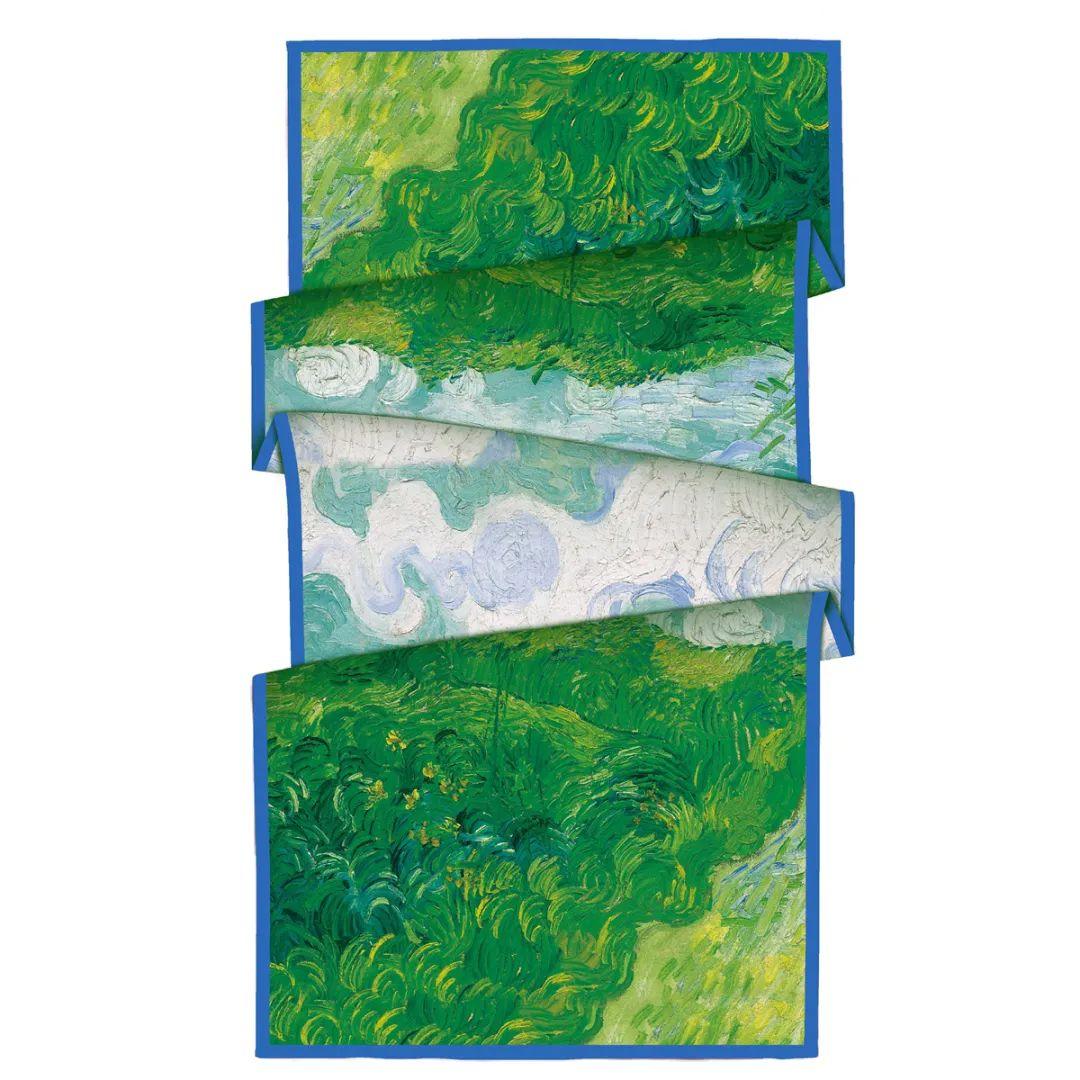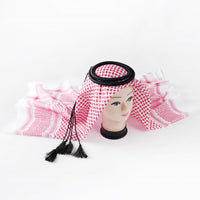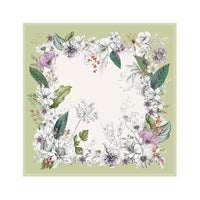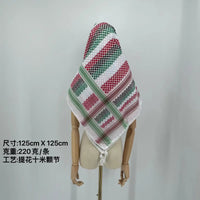Can I Wear a Keffiyeh?
The keffiyeh, a traditional Middle Eastern headdress, has gained global recognition and is often seen as a symbol of cultural identity and resistance. However, many people wonder, "Can I wear a keffiyeh?" This article delves into the cultural significance of the keffiyeh, its history, and how to wear it respectfully.
What is a Keffiyeh?
A keffiyeh, also known as a shemagh or ghutra, is a traditional Arabic headdress typically worn by men in the Middle East. It is usually made from cotton or wool and features distinctive checkered patterns in colors such as black and white or red and white. The keffiyeh serves multiple purposes, including protection from the sun and sand, and as a symbol of Arab culture and identity.
The Cultural Significance of the Keffiyeh
Historical Roots
The keffiyeh originated in the Middle East, particularly in the Persian Gulf countries such as Iraq, Jordan, Saudi Arabia, and Palestine. Historically, it was worn by peasants to protect themselves from the harsh desert environment. Over time, it became a symbol of resistance and solidarity, especially during the Arab revolt in the 1930s when Palestinian resistance fighters wore it to conceal their identities from the English.
Symbol of Palestinian Identity
The black and white keffiyeh, also known as the Palestinian keffiyeh, holds significant symbolic value. It represents Palestinian nationalism, resistance, and solidarity. Wearing the keffiyeh is seen as a statement of support for the Palestinian cause and a symbol of pride and protest.

Can I Wear a Keffiyeh?
Cultural Appropriation Concerns
One of the primary concerns when non-Arabs wear the keffiyeh is the issue of cultural appropriation. Cultural appropriation occurs when elements of one culture are adopted by another culture, often without understanding or respecting the original cultural significance. To avoid this, it is crucial to wear the keffiyeh with respect and awareness of its cultural and historical context.
Wearing the Keffiyeh Respectfully
If you choose to wear a keffiyeh, do so with an understanding of its cultural significance. Here are some tips to ensure you wear it respectfully:
- Educate Yourself: Learn about the history and cultural significance of the keffiyeh. Understand its roots and what it symbolizes.
- Show Solidarity: If you wear the keffiyeh as a sign of solidarity with the Palestinian cause, make sure your actions align with this support.
- Avoid Fashion Trends: Do not wear the keffiyeh solely as a fashion statement. Respect its cultural importance and avoid trivializing it.
How to Wear a Keffiyeh
There are several traditional ways to wear a keffiyeh, each with its unique style and significance. Here are some popular methods:
1. Palestinian Style
- Step 1: Fold the keffiyeh in half to form a triangle.
- Step 2: Place the folded edge across your forehead.
- Step 3: Wrap the ends around your head and tie them at the back, leaving one corner hanging down the side.
2. Jordanian Style
- Step 1: Fold the keffiyeh in half to form a rectangle.
- Step 2: Place the folded edge across your forehead.
- Step 3: Wrap the ends around your head and tie them at the back, leaving the two corners hanging to the side.
3. Saudi Style
- Step 1: Fold the keffiyeh in half to form a triangle.
- Step 2: Place the folded edge across your forehead.
- Step 3: Wrap the ends around your head and tie them at the back, letting the longer corner hang to the side.
4. Casual Neck Wrap
- Step 1: Fold the keffiyeh into a triangle.
- Step 2: Place the folded edge around your neck.
- Step 3: Wrap the ends loosely around your neck and tie them at the back.

Conclusion
The keffiyeh is more than just a piece of cloth; it is a symbol of cultural identity, resistance, and solidarity. If you choose to wear a keffiyeh, do so with respect and understanding of its cultural significance. By educating yourself and wearing it thoughtfully, you can honor its heritage and show solidarity with the people it represents.






